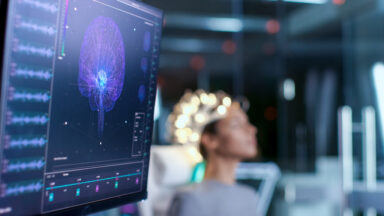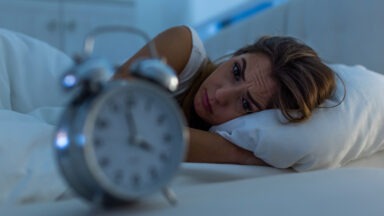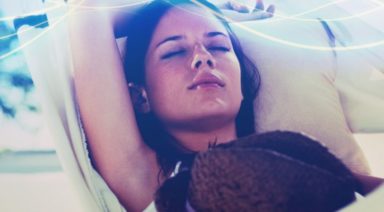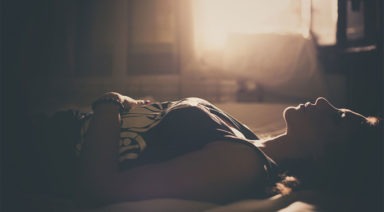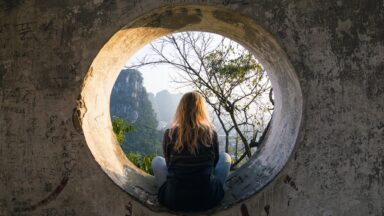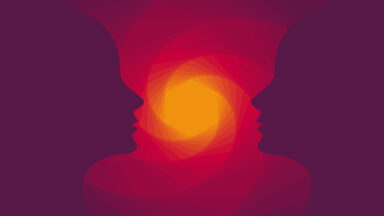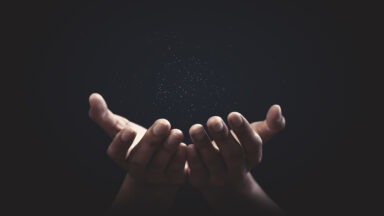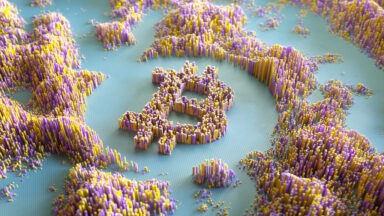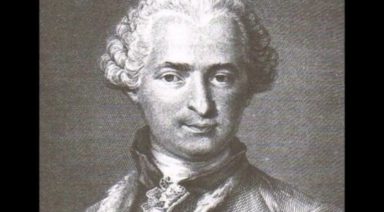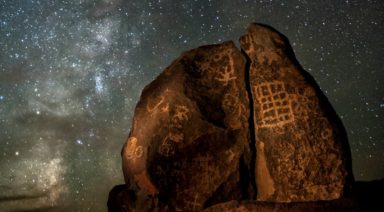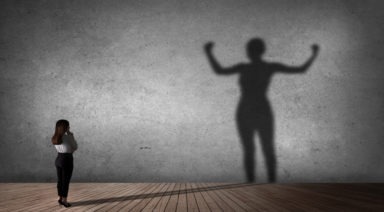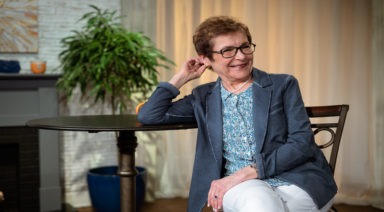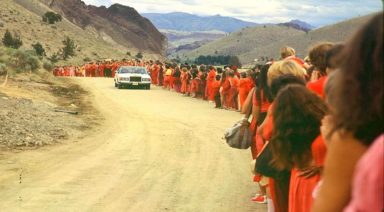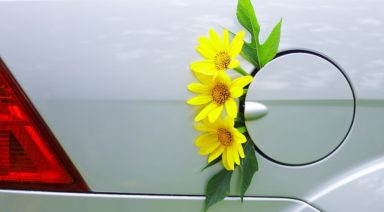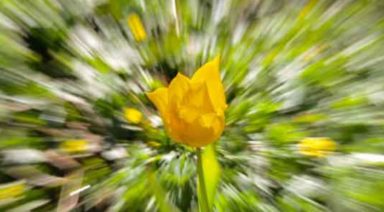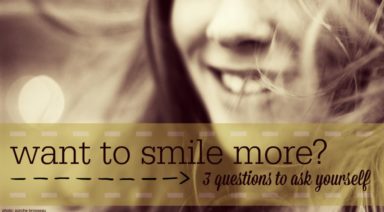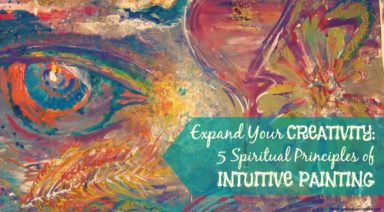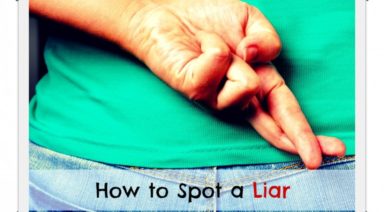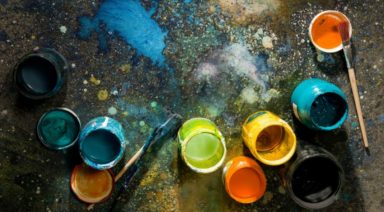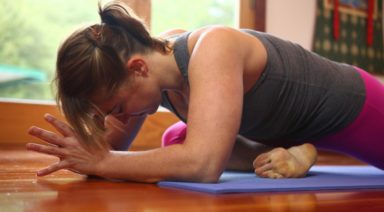Napping Technique Allows You to Tap Into Creative Thought
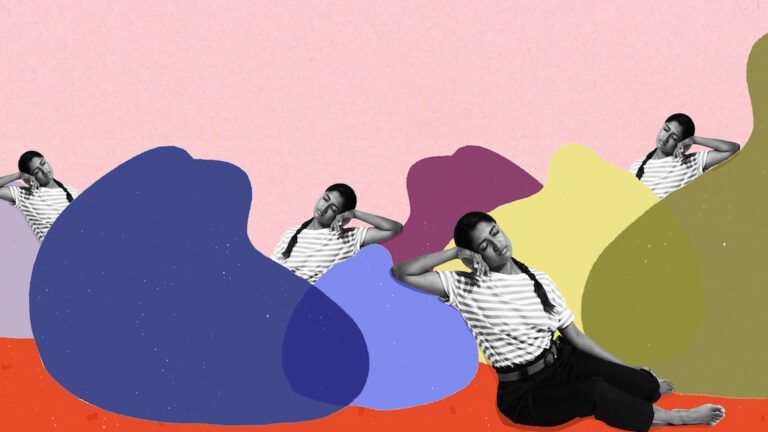
A fascinating new study examines the mysterious twilight state between wakefulness and sleep and finds that it can be harnessed for creativity and problem-solving.
Thomas Edison, Albert Einstein, and Salvador Dali, among others, were all said to have used a curious napping technique to spark their creativity and inspired discoveries. Holding an object in their hands while napping, they would wake as the object fell and recall the thoughts they were having at that moment.
Inspired by these visionaries, researcher Delphine Oudiette and her colleagues at the Paris Brain Institute conducted a study to scientifically investigate this phenomenon. The researchers presented participants with mathematical problems that had a hidden rule which would allow them to be solved almost instantly.
They were then given a 20-minute break during which they were instructed to relax in a reclined position while holding a bottle. If the bottle fell, they were asked to report what they had been thinking right before they let go.
Throughout this break, subjects’ physiological activity was recorded to assess their state of wakefulness. Then, after the break, the participants were again presented with the math problems.
Findings revealed that those who had dozed off into a semi-lucid state known as hypnagogia or N1, were three times more likely to solve the hidden rule than those who had stayed awake, and six times more likely to do so than those who had slipped into deeper sleep-just a minute later.
The findings were less clear in regard to the technique of dropping objects to keep from deeper sleep, as some participants dropped the bottle after they had moved onto deeper sleep.
However, the study did convincingly show that “There is a creative sweet spot within the sleep onset period, and hitting it requires individuals balancing falling asleep easily against falling asleep too deeply.”
It’s unclear why this N1 sleep stage boosts creativity. Oudiette told live science, “It might create an ideal state where you have this loose cognition and weird associations, and the ability to catch it if you get a good idea.”
Adam Haar Horowitz of the MIT lab, sees the practical implications of the study, as he told Scientific American, “It’s the kind of study that you can go ahead and try at home yourself. Grab a metal object, lie down, focus hard, and see what kind of eureka moments you can encounter.”
Ouidette is also very excited about the potential for practical applications and hopes future research will determine if focusing on this rich twilight state might help solve real-world tasks and problems.
“We could even teach people,” she reported to Scientific American, “how to reach this creative state at will.”
So, try it for yourself, and perhaps you too will get to experience this intriguing potential for creative insight.
Subjects Able to Intentionally Heal in Lucid Dream, Study Finds

The findings of a groundbreaking new study on lucid dreaming are in and suggest that those trained in the practice not only see a dramatic improvement in their PTSD symptoms but may also experience change on a biological level.
Research into lucid dreams, in which one wakes up inside a dream, has produced a fascinating insight into the neurological features of this state. Most of the investigation thus far has been focused on mapping brain activity, which has shown the unique characteristics of the brain function of lucid dreamers.
Previously we reported on the preliminary findings of a study out of the Institute of Noetic Sciences, or IONS, the first of its kind to look at the potential for healing within a lucid dream, both on a psychological and physiological level.
Dr. Garret Yount is a molecular neurobiologist who led the study and updated us on the final findings of this extraordinary investigation.
“So in this study, we partnered with an awesome lucid dreaming teacher, Charlie Morley, and we had heard from him that his workshops with veterans with PTSD were really helpful in terms of reducing the symptoms of PTSD,” Yount said. “So, we partnered with him to basically bring a scientific lens to that, and the idea was to recruit folks with chronic PTSD, we included both veterans and non-veterans. They attended a one-week workshop from their home, and Charlie taught them how to achieve lucidity with the goal of transforming their trauma during the dreams. Then we, the research team, just tried to collect data along the way without interfering too much with the process.”


